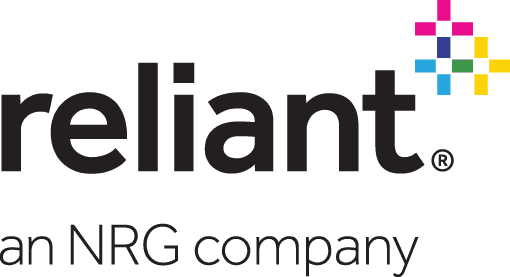Houston’s Response to 2020 Census Crucial for Next Decade
Published May 20, 2020 by Kelsey Seeker
The ability of the Houston region to recover from the pandemic depends greatly on the resources available to our community.
The 2020 Census counts every person in the United States and then determines congressional representation, federal funding and important data for each state and region. Federal funding to support healthcare, education, infrastructure and other critical services depend on an accurate count of our region.
With COVID-19 forcing social distancing measures and delaying in-person outreach, the region's already challenging situation of accounting for historically hard-to-count populations is being exacerbated.
Harris County Response Rate
The Houston region’s response rate to the 2020 Census is trailing behind the nation.
As the greater Houston region responds to both the COVID-19 health crisis as well as the economic downturn, participation in the Census is more crucial than ever. Underrepresentation could mean fewer federal dollars for many Texas public services.
The Monetary Value of the Census
The results of the 2010 Census granted $101.6 billion to federal spending programs in Texas distributed by state and local governments, businesses, nonprofits, hospitals and households.
To give a few examples of how funding is distributed - nearly 25% of all of the Census-guided education funds to Texas went to the greater Houston region. Based off the 2010 Census, the state received $1.4 billion in Title I grants to local education agencies and the region received more than $346 million.
The Gulf Coast region also received 25.6% of the state’s share for the Workforce Innovation and Opportunity Act, which is designed to help job seekers access employment, education, training, and support services to find jobs and to match employers with the skilled workers they need to compete in the global economy.
Additionally, Census data is a crucial part of emergency response and recovery efforts that take place after natural disasters, such as Hurricane Harvey, informing the federal government where specific resources should be deployed, and allowing helping emergency planners to prepare for the potential impact of weather events.
Ensuring our region receives its adequate share of federal funds requires participation in the 2020 Census, which supports bringing opportunity for all Houstonians.
How to Improve the Region’s Response
While efforts to complete the Census have been hampered by COVID-19, responses are still accepted in one of three ways: online, by phone or by mail.
The U.S. Census is critical to the continued growth of society, providing critical data used by lawmakers, business owners and many others use to provide daily services, products, and support for communities.
For resources and information on how your company can support 2020 Census participation, click here.
Visit the Partnership's COVID-19 Resource page for updates, guidance for employers and more information. And sign up for daily email alerts from the Partnership as the situation develops.
 The Houston Report
The Houston Report




















